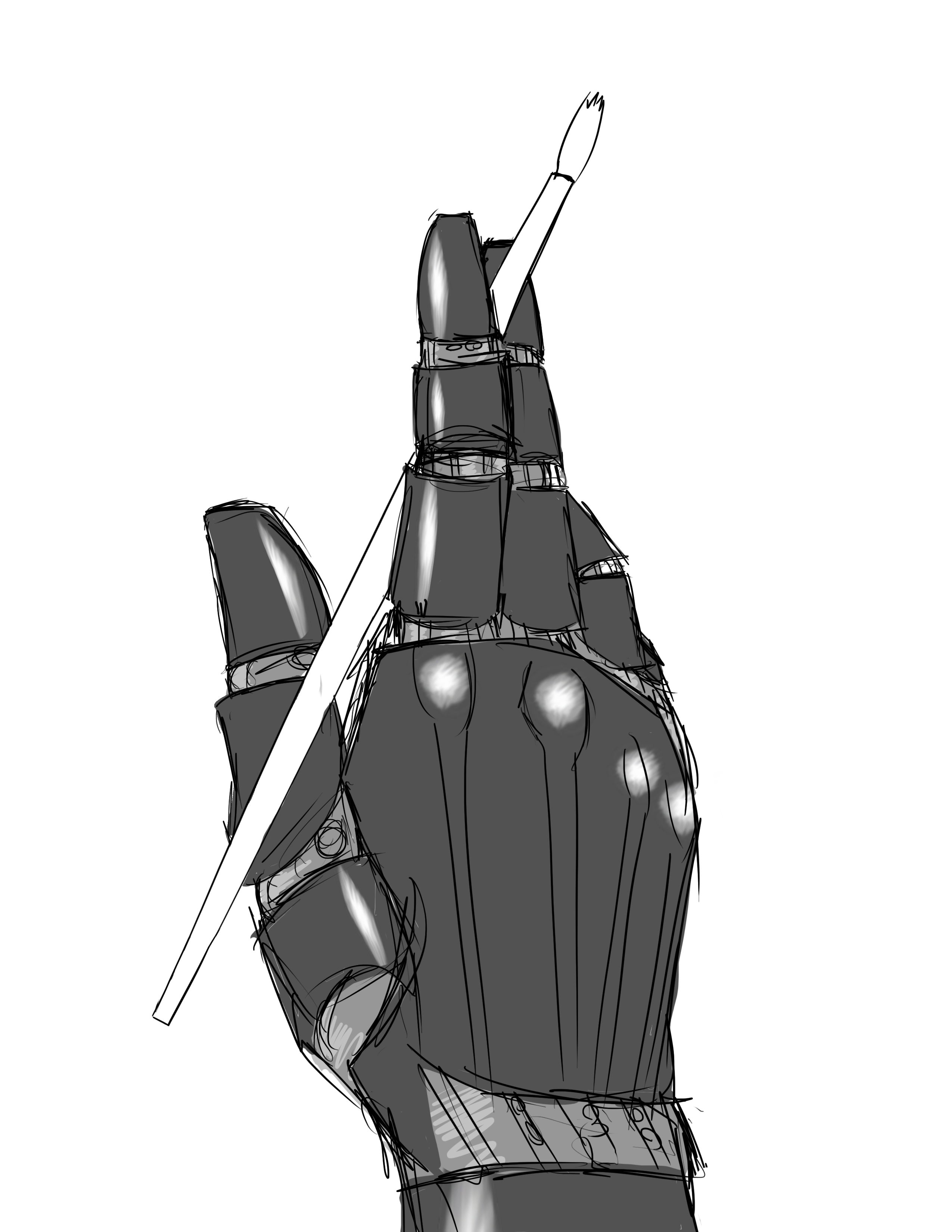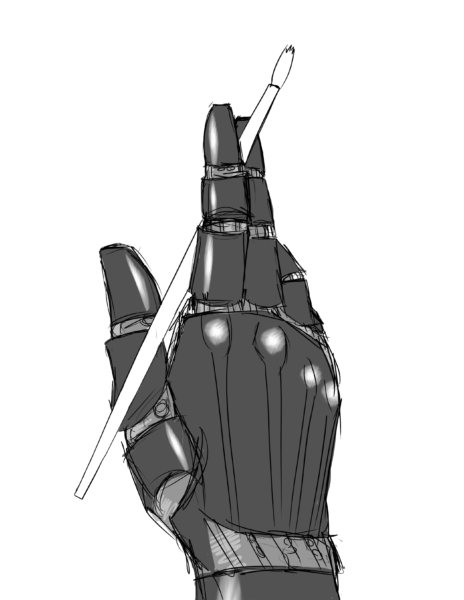

The recent push for more diverse STEM roles, both in academia and in industry, is just that: recent. For decades, women in higher education have been silenced. Despite their significant contributions to their respective fields, women’s professional roles had been minimized or ignored. One example is in the study of computer science.
Despite their significant contributions to their respective fields, women’s professional roles had been minimized or ignored
Prior to the 1990s, women played an important role in computer science and were the driving force behind many of its initial accomplishments. In fact, many of the first digital computers were programmed by women. However, the low functionality of computers in their early consumer stages led to them primarily being marketed as toys for young men, creating a narrative that working with and using computers was a male characteristic, which drove women out of the industry. While the explicit bias in computer science has increasingly been challenged by young people entering the industry, and there have been significant efforts to increase equality in the STEM field due to its rapid growth, heavy implicit biases still exist among those with economic and social dominance in the field. Due to the sexist stereotypes of women being unreliable or unintelligent when compared to men, women are often ignored during the process of hiring and are disregarded for promotions despite their excellence in their field. According to Yale Insights, women are 14% less likely than men to receive a promotion. This issue is only magnified for women of color in the field, who are often the victim of racist as well as sexist stereotypes.
These biases have led to a marked decrease in the number of women entering these fields; only 18% of women pursue a computer science or computer engineering degree now, a sharp decline in comparison to the almost 40% in 1985.
From early education onwards, women are pushed out of STEM roles
The issues with STEM representation don’t begin in the industry, however. From early education onwards, women are pushed out of STEM roles. In Bay Area high schools, according to Mountain View Voice, men are 25% more likely than women to be taking advanced math classes. Women are also poorly represented in graduate and doctoral education. Only 23% of the doctoral degrees held in the computer science and engineering fields belong to women, and only 22% of computer science professors are women, according to Zippia. These issues continue to be prominent in higher academia. According to Sage Journals, women are often denied tenure and other academic positions that are regularly awarded to men, and women’s research is regularly undervalued, ridiculed or taken less seriously than the research conducted by men in their field.
Women in STEM often lack strong institutional support in overcoming the clear bigotry and biases they face. While organizations like Girls Who Code have made strong strides in increasing the concentration of young girls in computer science education, there is a lack of similar support for adult women.
There must be a support structure from early education onwards that provides opportunities to underrepresented and underserved groups
For a clear path to be paved for women in STEM, there must be a support structure from early education onwards that provides opportunities to underrepresented and underserved groups, and these need to be easily accessible to all income and wealth levels. Additionally, spaces need to be cleared out for young women in STEM to receive the focus and education they need to thrive in their field, as they may often be ignored or cast aside in traditional educational environments. These opportunities would help with reducing the sense of outcasting many women feel when they are first entering STEM industries, but for this to be maintained, similar support systems must also carry into the professional space. This can be achieved by creating frameworks in which men are forcibly held accountable for misogyny and discrimination in the workplace, which historically has gone unnoticed or unpunished.
Discrimination in the STEM industry is still widely prevalent despite many social advances for women and minorities in other regards. The only path forward is for educational resources and support to be available to those interested in STEM education from their early stages of learning, as well as the destruction of educational barriers preventing women from entering and thriving in STEM-related subjects. Only then can we find true equality and equity both in academia and the wider world.





